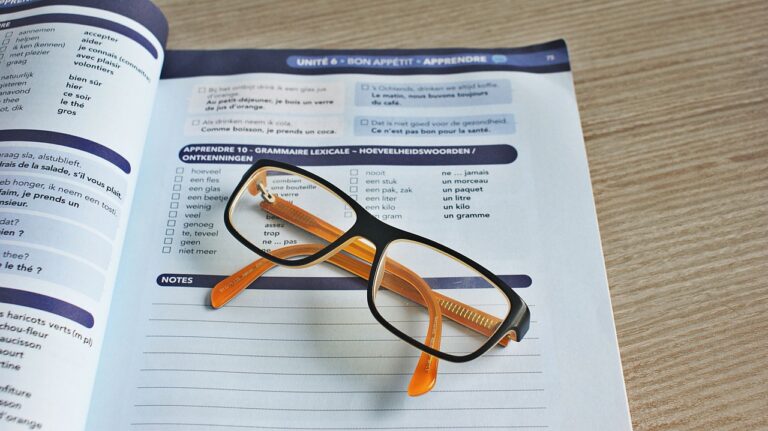Virtual Reality in the Classroom
Virtual Reality (VR) technology has revolutionized the way education is delivered in classrooms. It offers students the opportunity to immerse themselves in realistic environments, enhancing their learning experience. Through VR, students can explore complex concepts in a hands-on manner, making abstract topics more tangible and engaging. This interactive approach stimulates curiosity and creativity, leading to a deeper understanding and retention of the material.
Additionally, incorporating VR technology in education opens up new possibilities for personalized learning. Students can progress at their own pace, receiving immediate feedback and tailoring their educational experience to suit their individual needs. This customization fosters a more inclusive learning environment, accommodating diverse learning styles and abilities. By providing students with a dynamic and interactive platform, VR technology equips them with the skills needed to thrive in a rapidly evolving digital world.
Challenges of Implementing VR in the Classroom
Integrating VR technology in educational settings poses several obstacles that educators and institutions must navigate. One key challenge is the high cost associated with implementing VR technology in the classroom. From purchasing the necessary hardware and software to training teachers on how to effectively use the technology, the financial investment can be prohibitive for many schools.
Another significant hurdle is the lack of access and equity when it comes to VR technology in education. Not all schools have the resources or infrastructure to support the integration of VR into their curriculum, leading to disparities in learning experiences among students. This digital divide can widen existing inequalities and hinder the potential benefits of VR technology in enhancing student engagement and understanding.
What are some benefits of incorporating VR technology in education?
Some benefits of incorporating VR technology in education include increased student engagement, improved understanding and retention of complex concepts, and the ability to provide interactive and immersive learning experiences.
What are some challenges of implementing VR in the classroom?
Some challenges of implementing VR in the classroom include the high cost of VR equipment, the need for teacher training to effectively use VR technology, and potential issues with student distraction and motion sickness.
How can schools overcome the challenges of implementing VR in the classroom?
Schools can overcome the challenges of implementing VR in the classroom by providing sufficient funding for VR equipment, offering professional development opportunities for teachers, and setting guidelines for appropriate use of VR technology to minimize distractions and potential side effects.





